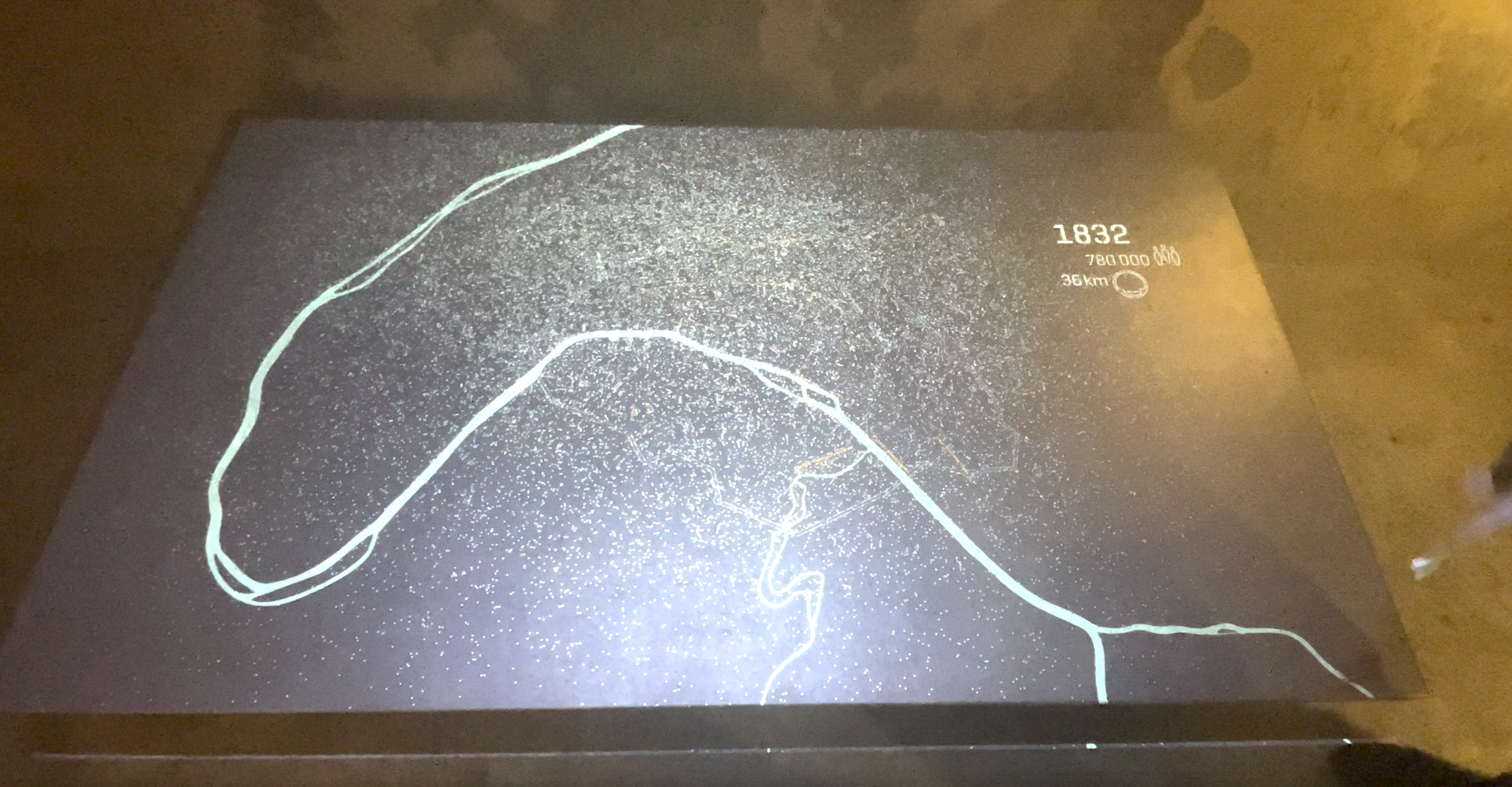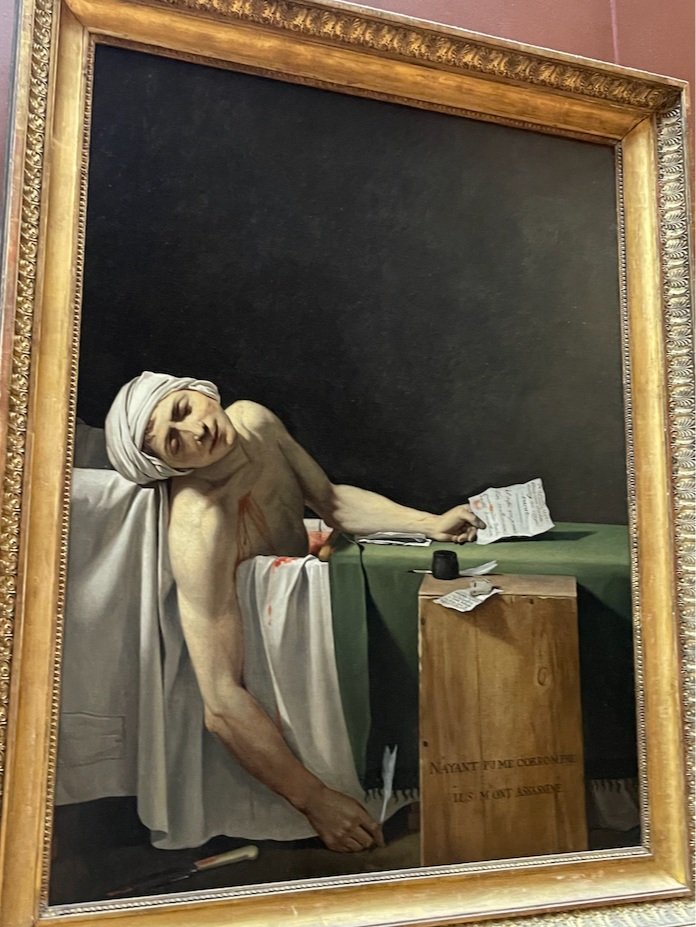A glimpse at what my camera roll looks like!
As I sit in my childhood bedroom and scroll through the thousands of pictures from my camera roll, I am overwhelmed with so much joy and appreciation for the countless memories I made throughout this bookpacking experience. I find myself lost in a reverie of reminiscence as each photo transports me back to a myriad of emotions that have colored my life in London and Paris. However, a single picture cannot encapsulate the personal growth and transformation I have endured this past month.
Before coming into this Julymester, I knew I would be embarking on a fascinating but challenging journey. English and literature have never been my forte so the idea of reading a 1,300-page novel was extremely daunting. I remember picking up Les Misérables for the first time and thinking to myself how am I going to get through this? There were times when I wanted to yell at Victor Hugo for going on his long tangents, but also times when he left me in complete awe at the beautiful messages hidden among the pages. It was undoubtedly difficult at times to read Les Miserables over the course of two months. The biggest challenge I faced while reading this novel was visualizing the story and the time period in which it takes place. However, going to Paris and seeking out the locations of Les Misérables completely transformed my appreciation for this lengthy novel and my relationship with literature in general. Being in the same location where the characters in the novel once stood truly made the book come to life and helped me connect with the characters on a deeper level.
I was able to connect with the friends of the ABC as we walked through the Latin Quarter and tried getting a fix on the approximate location of the Café Musain, the main meeting spot of the Les Amis de l’ABC. Walking these streets as opposed to reading this section at home I could imagine this area full of determined, fervent individuals in a time of social and political unrest. Going to the Luxembourg Gardens and peeking through the gates helped me connect with Cosette and Marius as that was where they locked eyes for the first time. I could imagine myself falling in love in those same beautiful gardens just like Cosette and Marius did. Going down underground to the Sewers Museum, I was able to connect with Jean Valjean and his treacherous journey from darkness to light. Getting to navigate through these dark, complex, and smelly sewers I was able to empathize with Jean Valjean and connect with Hugo’s deeper themes of redemption and transformation. With bookpacking, I have gained a completely new perspective on Les Misérables because I was able to experience a part of the story for myself. This entire experience has profoundly impacted my attitude towards literature, and when I pick up a book in the future I hope to incorporate some of my own bookpacking experiences to engage more deeply with the characters and themes in the text.
Cafe de Flore with Lili and Charlotte
Aside from learning to appreciate literature through a bookpacking lens, I have learned so much about the ways in which I want to live. Living in Paris for 3-weeks and immersing myself in the Parisian culture, I have noticed they do things differently compared to New York City and Los Angeles. On my walk and train ride to lecture every morning, I channeled my inner flâneur. Parisian culture has enabled me to be an observer and enjoy being in my own silence. I have learned that I don’t constantly need to be walking hand-in-hand with my phone or listening to my music as I stroll. Additionally, I have learned to enjoy eating long meals. I have loved sitting out at different French café’s with my friends and not rushing through the meal. In college, I am so used to grabbing a quick bite before my class or eating while doing a HW assignment. I have realized the importance of taking a break from my day to have time to relax and actually enjoy the food I am eating. As I get back to the fast-paced nature of New York City and Los Angeles I want to implement aspects of this lifestyle into my own life and change many of my antiquated ways.
I am so grateful for this incredible bookpacking experience and the many memories I have made in both London and Paris. I have met some of my best friends on this trip and have been honored to be taught by an amazing professor! And I can’t wait to take the countless lessons I have learned with me in the future.































